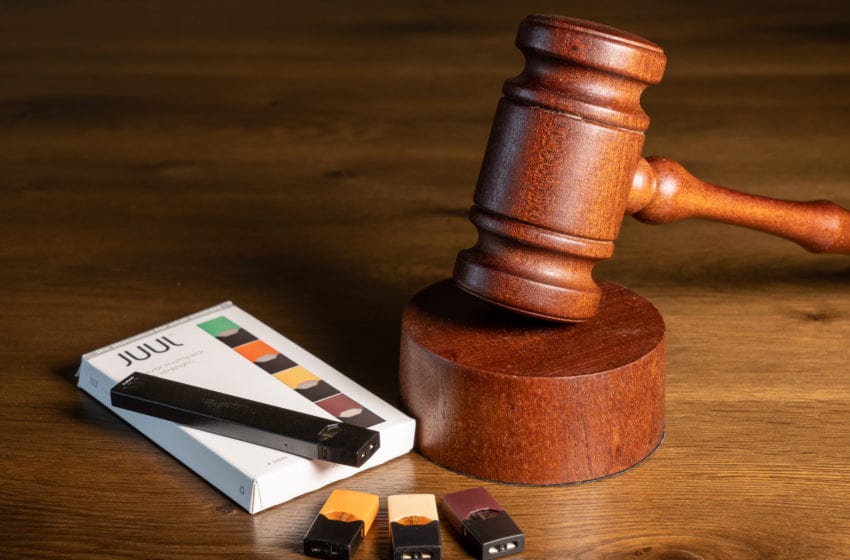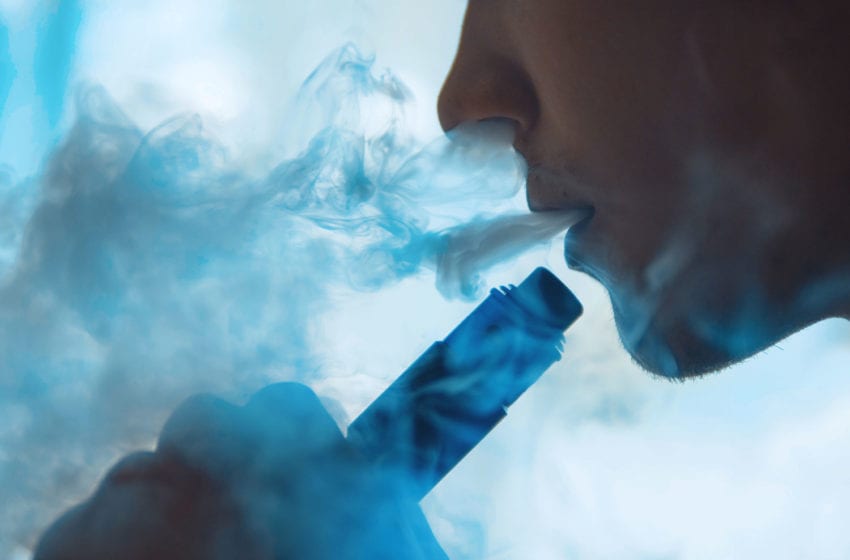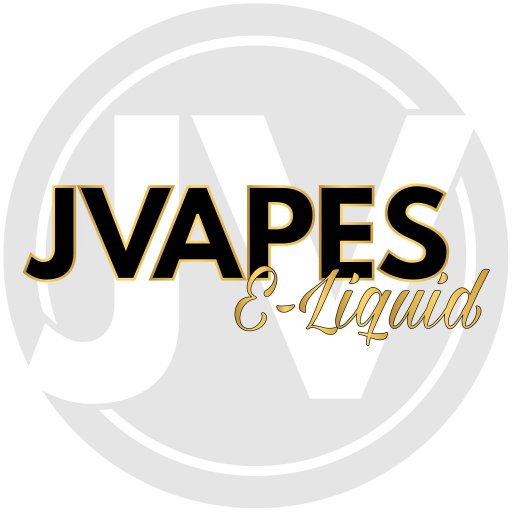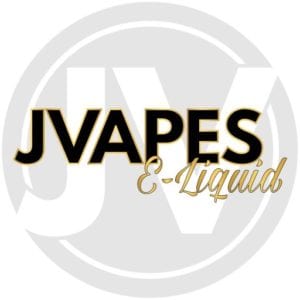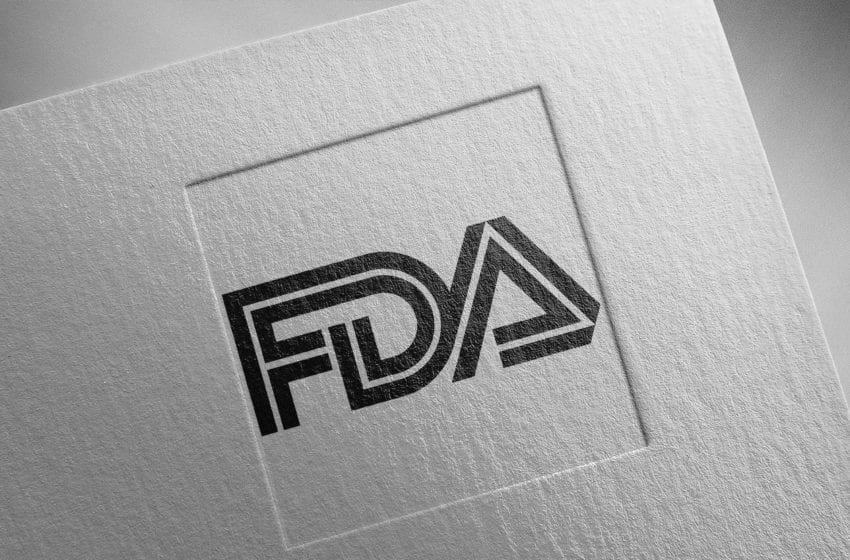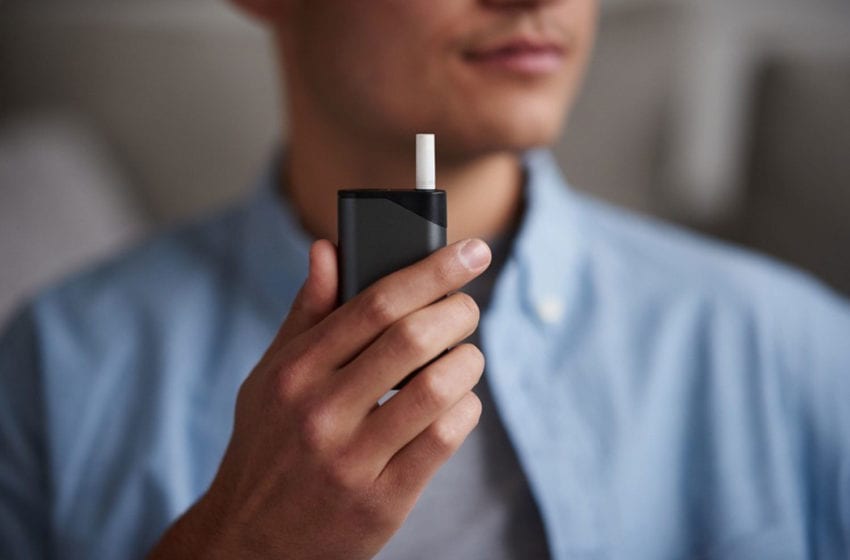The Altria Group antitrust trial continues this week over allegations made by the Federal Trade Commission (FTC) that company participated in anticompetitive practices ahead of its 2018 investment in e-cigarette startup Juul Labs.

In opening remarks on Wednesday, the FTC argued that Altria pulled its vaping products off the U.S. market illegally at the insistence of Juul as the two companies were discussing a deal. Altria argued that its e-cigarettes were failures, and it jettisoned them amid regulatory pressure and an internal reckoning about the company’s inability to develop a vaping product that consumers liked, according to the Wall Street Journal.
If the FTC prevails, it could unwind Altria’s 35 percent interest in Juul Labs, which Altria bought in December 2018 for $12.8 billion. The agency is seeking to force Altria to divest its stake and terminate the companies’ noncompete agreement. The case is being heard by an administrative law judge, who will make an initial decision; the agency’s commissioners will then vote on the matter.
The FTC in April of last year sued to unwind the deal. The trial is taking place via teleconference at the agency’s office of administrative law judges. A key question at trial is why Altria, when it was in talks with Juul, stopped selling its own e-cigarettes. Altria’s explanations for exiting the e-cigarette market were pretexts, FTC attorney Stephen Rodger said in his opening remarks Wednesday. “But for the transaction, Altria would still be competing with [Juul] today.”

